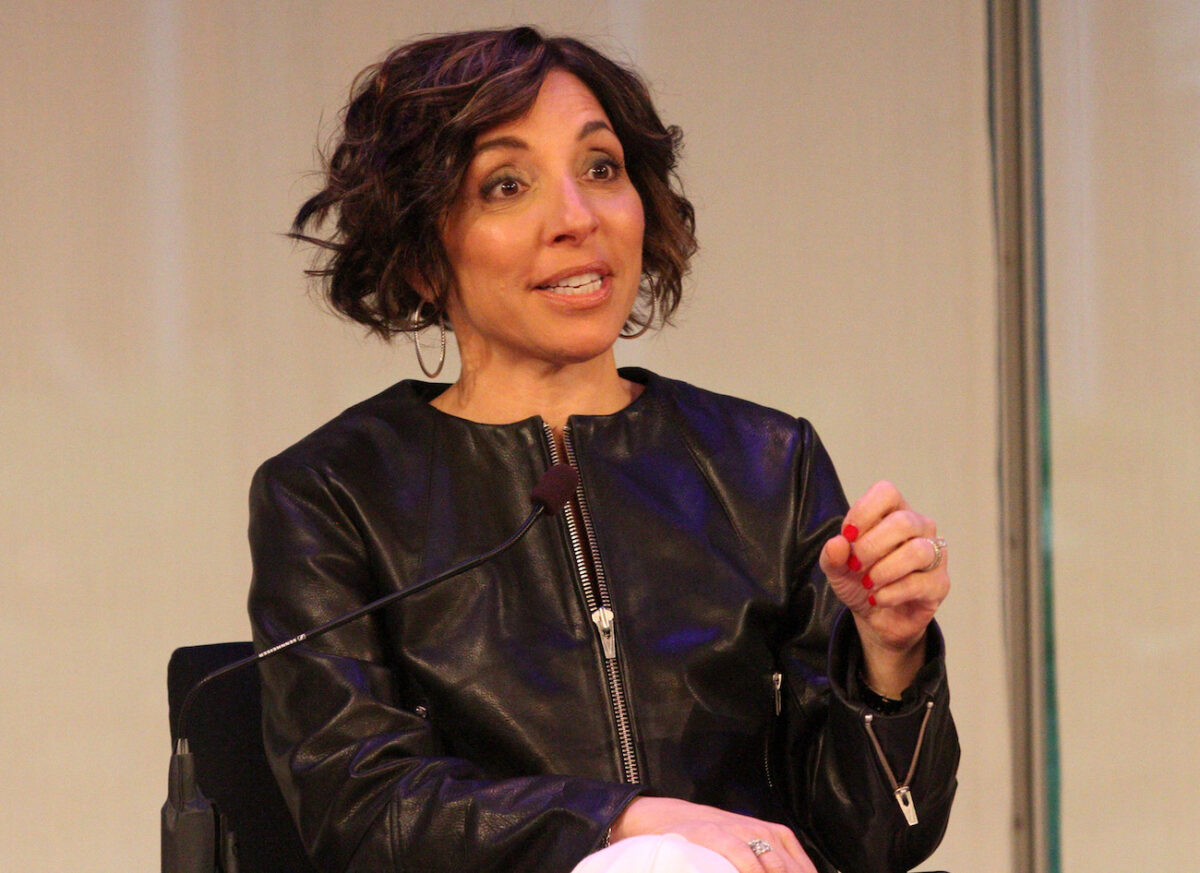New data show that delinquency rates are rising across the U.S. marketplace as consumers contend with high inflation, real negative wage growth, and rising interest rates.
According to the Federal Reserve Bank of New York’s (FRBNY) Household Debt and Credit Report, the overall flow into serious delinquency rate (90 days or more delinquent) rose to 1.08 percent in the first quarter, up from 0.71 percent at the same time a year ago.
While the overall delinquency rate might be low, specific categories have considerably increased.
Credit card debt delinquency reached 4.57 percent in the January-to-March period, up from 3.04 percent in the previous year. Auto loan debt also jumped to 2.33 percent, up from 1.61 percent.
Mortgage debt delinquency inched higher to 0.59 percent, up from 0.34 percent. Home equity line of credit delinquency edged up from 0.26 percent to 0.48 percent. The “other” category, which includes retail cards and various consumer loans, surged to 4.35 percent, up from 2.88 percent.

The only type of debt to record a drop was student loans, tumbling to 0.94 percent in the three months ending in March, down from 1.05 percent in the first quarter of 2022.
“Delinquency rates fell substantially in the previous quarter due to the implementation of the Fresh Start program, which made previously defaulted loan balances current,” the New York Fed wrote.
But the decline in student loan delinquency levels might only be temporary as levels “will roar to the top of the list once a more than three-year forbearance comes to an end,” Greg McBride, a chief financial analyst at Bankrate.com, told The Epoch Times.
Federal student loan payments are scheduled to return 60 days after June 30, Secretary of Education Miguel Cardona confirmed during a May 16 hearing of the House Education and Workforce Committee. This means that about 43 million borrowers will resume their payments.
Late Payments Rising
Firms have been witnessing a steady increase in delinquencies.
The Moody’s Delinquency Tracker has the total delinquency rate at 4.2 percent in March, roughly unchanged from the previous month.
Wells Fargo’s Quarterly Supplement report revealed that the credit card 30 and 90-day delinquency rates were 2.26 percent and 1.16 percent, respectively. In addition, the percentage of the bank’s auto loans that were 30 or more days behind was 2.25 percent.
Recent numbers from Fitch Ratings confirm that the percentage of subprime auto borrowers at least 60 days late on their bills was 5.3 percent, up from 2.58 percent in May 2021.
“Delinquency rates that had been trending back to pre-pandemic levels as various assistance and stimulus measures expired are now moving higher for a different reason,” McBride said. “Even with unemployment the lowest in more than 50 years, inflation has stretched household budgets to the point where more Americans are falling behind.”
Servicing credit card debt has become a herculean task for many borrowers.
Additional Challenges
Current economic conditions have debt delinquency expectations remaining elevated.
The New York Fed’s Survey of Consumer Expectations (SCE) report revealed that the mean probability of being unable to make minimum debt payments over the next three months stood at 10.6 percent in April, unchanged from the same time a year ago.
With the U.S. Central Bank raising the policy rate by 500 basis points since March 2022, data show consumers will be paying $33.4 billion over the next 12 months, including $1.7 billion from the Fed’s quarter-point rate hike at this month’s Federal Open Market Committee (FOMC) policy meeting.
This comes as total credit card debt climbed to $999 billion in the first quarter, which is “another knock-on effect of the Federal Reserve’s grievous missteps over the past few years,” argues Peter Earle, an economist at the American Institute for Economic Research (AIER).
“Now, as credit card delinquencies rise amid rapidly slowing economic growth … tens of millions of financially-beleaguered Americans are facing additional challenges,” he said in a statement shared with The Epoch Times.
“For a large and growing segment of Americans, financial stressors have been numerous and compounding since January 2020.”
Young Americans Impacted
Meanwhile, the FRBNY data shows that younger consumers are falling behind on their payments.
In the first quarter, the credit card delinquency rate for consumers aged 18 to 29 was 8.3 percent. For borrowers between 30 and 39, the number was 6.27 percent, slightly higher than prior to the coronavirus pandemic.
According to New York Fed economists, this is a “concerning” trend for younger borrowers as they grapple with student loan, credit card, and auto loan debt.
“This is particularly concerning for younger borrowers who are disproportionately likely to hold federal student loans that are still in administrative forbearance,” they wrote in a separate report in February.
“Some of these borrowers are struggling to pay their credit card and auto loans even though payments on their student loans are not currently required.
“Once payments on those loans resume later this year under current plans, millions of younger borrowers will add another monthly payment to their debt obligations, potentially driving these delinquency rates even higher.”
In December 2022, the Urban Institute noted that nearly one in five young adults aged 18 to 24 have debt in collections.

















































